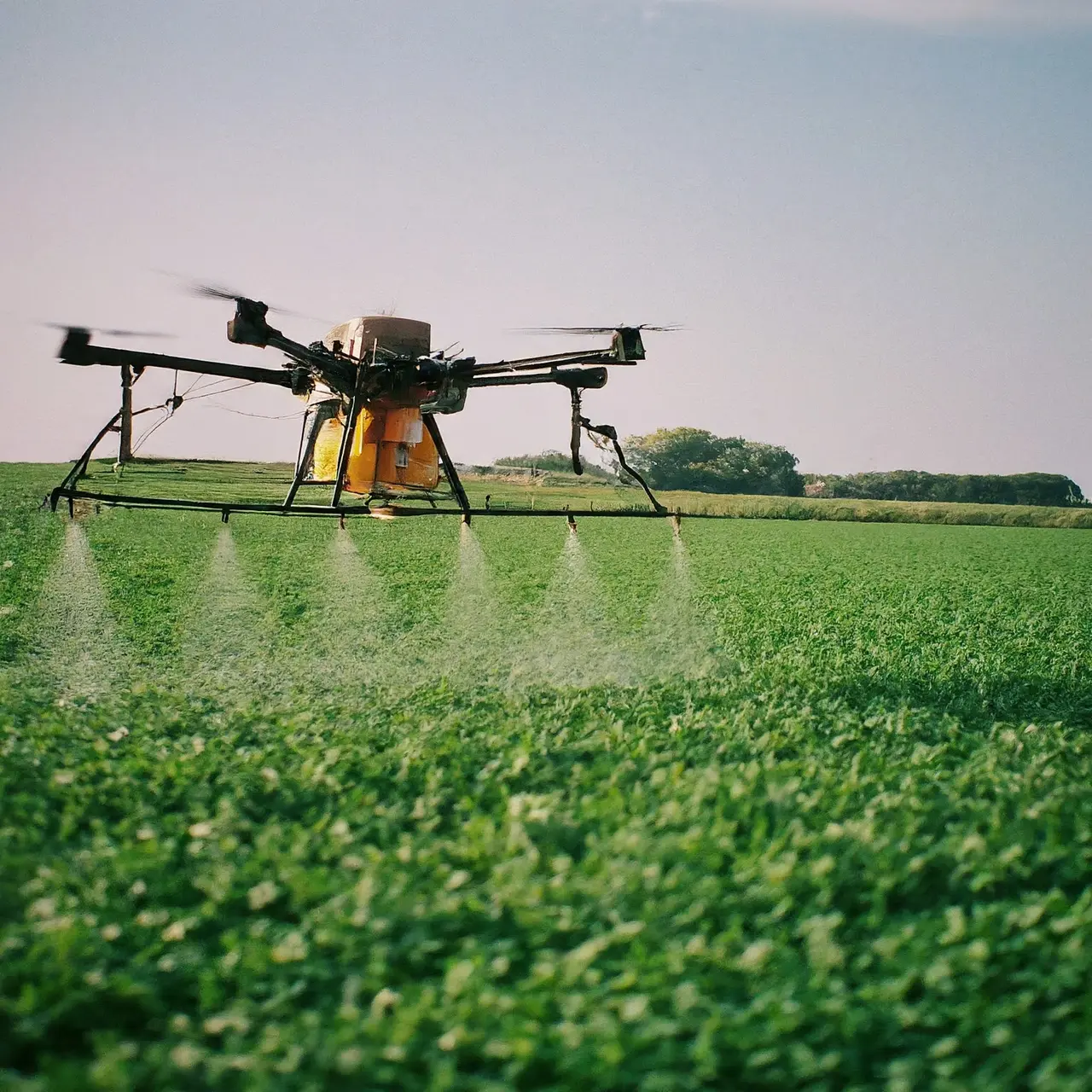
The Ultimate Guide to Agricultural Spraying Services: Benefits, Costs, and ROI
Share
Delving into the world of agricultural spraying services offers a window into modern farming efficacy and sustainability. This guide aims to navigate through the myriad benefits, costs, and returns on investment that define this essential agricultural practice. Whether you’re a seasoned farmer or a newcomer seeking to understand the intricacies of agricultural spraying, this comprehensive exploration will equip you with valuable insights.
Understanding Agricultural Spraying Services
Agricultural spraying services refer to the application of herbicides, pesticides, fungicides, and fertilizers over crops to protect against pests and diseases, and to promote healthy growth. Technological advancements have enabled precision spraying, limiting waste and enhancing effectiveness. Through GPS and GIS technologies, for example, sprayers can now accurately target specific areas, reducing chemical usage and environmental impact.
At its core, the essence of agricultural spraying lies in its ability to deliver targeted interventions at critical stages of the crop lifecycle. This precision not only ensures the health of crops but also conserves resources, illustrating a balance between productivity and sustainability. As regulations around chemical use become stricter, the role of efficient and effective spraying services will only grow, highlighting its importance in contemporary agriculture.
The Benefits of Agricultural Spraying
The primary benefit of agricultural spraying services is the ability to efficiently manage pest and disease threats, which if left uncontrolled, can decimate entire crops. Beyond pest control, spraying services offer the nuanced advantage of nutrient administration, allowing crops to access essential nutrients at optimal times. This proactive approach to crop health not only increases yield but also enhances crop quality, directly translating to better market prices and improved farmer income.
Another significant benefit is the reduction of labor costs. Traditional methods of pest and disease management often require extensive manual labor. In contrast, modern spraying technologies can cover vast areas in a fraction of the time, with far fewer people. The advent of autonomous drones and machinery further amplifies this advantage, paving the way for a future where high efficiency and lower physical strain on workers go hand in hand.
Key Factors Affecting the Cost of Spraying Services
The cost of agricultural spraying services is influenced by various factors, including the size of the area to be treated, the type of chemicals used, and the complexity of the application. Larger areas typically benefit from economies of scale, whereas specialized treatments using premium chemicals can significantly increase costs. Additionally, terrain complexity and obstructions can necessitate the use of specialized equipment, further affecting the overall price.
Calculating the ROI of Agricultural Spraying
To understand the return on investment (ROI) of agricultural spraying, it’s crucial to consider not only the immediate yield improvements but also the long-term benefits. These include enhanced soil health, reduced crop loss, and the ability to cultivate a more diverse array of high-value crops. Calculating ROI requires a holistic view, taking into account both the tangible and intangible benefits that spraying services bring to a farming operation.
Innovative Technologies and Best Practices in Spraying
Innovation in agricultural spraying technology is rapidly advancing, with drone technology, precision application methods, and environmentally friendly chemicals leading the charge. These innovations aim to increase the efficacy of spraying operations while minimizing environmental impact and exposure to hazardous chemicals for workers. Adopting best practices, such as regular equipment maintenance, calibration, and the integration of weather data to optimize spraying schedules, can significantly enhance the effectiveness of spraying services.
Environmental Considerations and Sustainable Practices
As the agricultural sector moves towards greater sustainability, the environmental impact of spraying practices has come under scrutiny. Sustainable practices, such as integrated pest management (IPM), aim to reduce reliance on chemical pesticides by favoring biological control methods and selective spraying. This approach not only mitigates the environmental impact but also supports the long-term viability of farming ecosystems.
Choosing the Right Spraying Service Provider
Selecting the right agricultural spraying service provider is a crucial decision for any farmer or agricultural manager. Factors to consider include the provider’s experience, the technology and methods they use, and their commitment to environmental sustainability. It’s also essential to assess their track record in terms of efficacy and customer satisfaction, ensuring that they can meet the specific needs of your operation.
Case Studies: Success Stories and Lessons Learned
Examining case studies of successful agricultural spraying initiatives provides valuable insights into best practices and potential pitfalls. Success stories often highlight the importance of precision, timing, and the selection of appropriate chemicals, while lessons learned underscore the value of adaptability and the need to continuously evolve practices in response to changing environmental conditions and regulations.
Navigating the Future of Farming with Spraying Services
In the ever-evolving landscape of agriculture, spraying services stand as a testament to technological and methodological advancements aimed at sustainable productivity. Understanding the benefits, managing costs, and optimizing the ROI of agricultural spraying services can significantly impact the success and environmental footprint of farming operations. By strategically adopting these services, farmers and agricultural professionals can ensure crop health, yield maximization, and contribute to the broader goals of sustainable agriculture.

